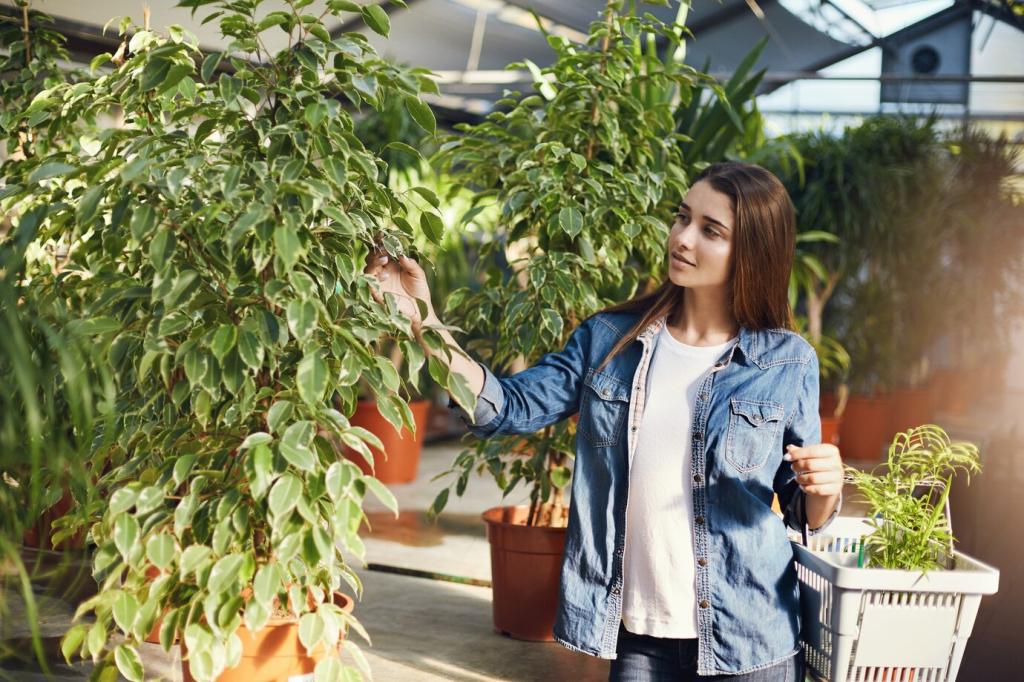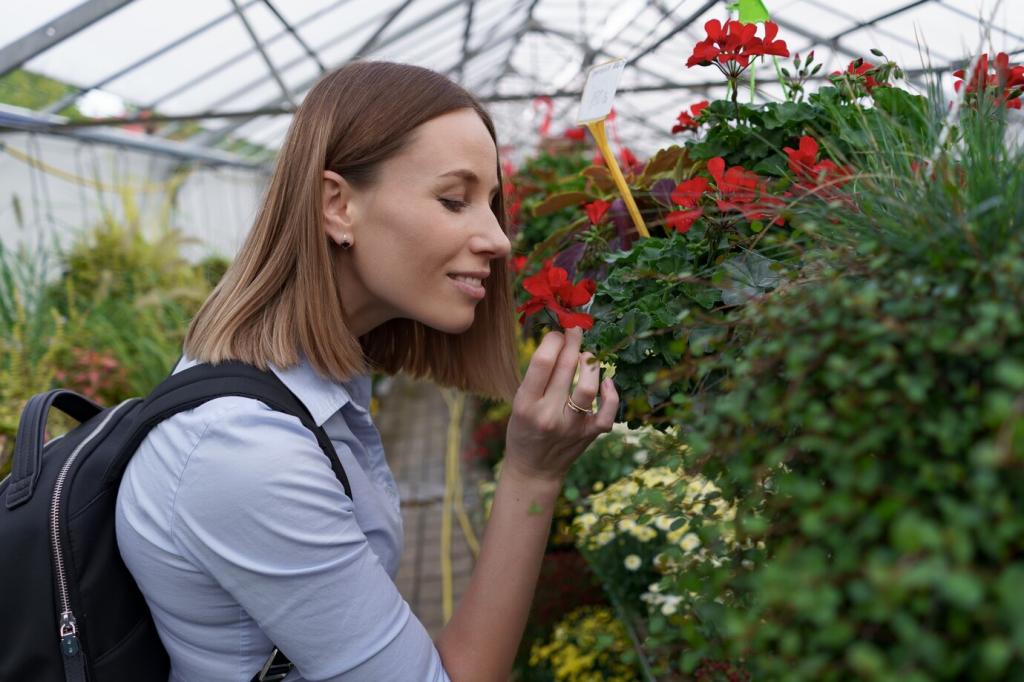Care Without Chemicals
Start with monitoring and thresholds, not sprays. Encourage predators like lady beetles and birds, use hand removal, and spot-treat only when necessary. Share your biggest pest challenge and which non-chemical tactic made a meaningful difference in your wildlife-friendly yard.
Care Without Chemicals
Compost, mulch with leaves or wood chips, and avoid synthetic fertilizers. Healthy soil grows tougher plants that resist pests and feed underground life. Tell us your favorite mulch recipe, and subscribe for a simple test to check soil structure at home.






